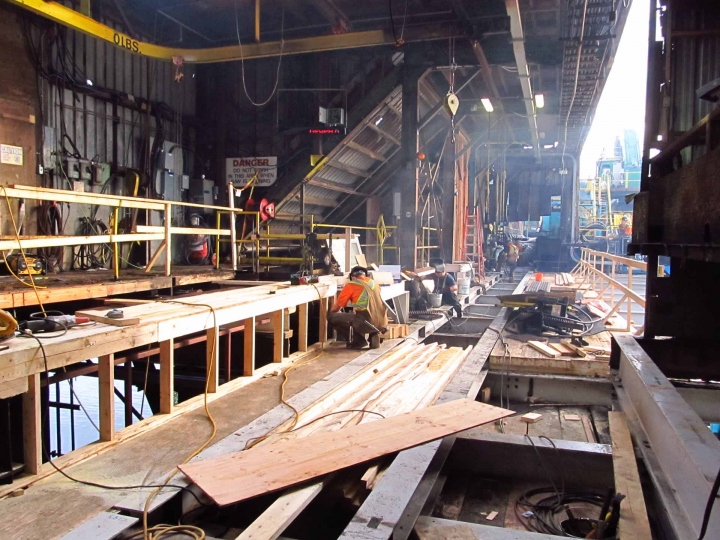Choosing the Right Lumber and Rebar Is the Road to Satisfaction
Regardless of whether your project involves new home construction, a remodeling project, or commercial construction your satisfaction with the final project depends on choosing quality components. Lumber and rebar are the most important structural components. Choosing them wisely is the best way to ensure a high quality final project.
Choosing Lumber
When choosing lumber there are many things to consider. The first is whether it will be purely structural, or whether it is something that will be seen. Another consideration is whether it will be exposed to the elements or used only on the inside of the building. If the wood will be used in load bearing structures it must meet certain specifications and building code requirements according to construction regulations.
Depending on the project, you can choose either hardwoods or softwoods. Softwoods come from fast-growing conifers such as spruce, pine, fur, and cedar. They absorb and lose moisture better than hardwoods. They also can be easily dented. Hardwood is from deciduous trees, which have leaves that fall off during the fall and winter. These include oak, maple, hickory, walnut, mahogany, or cherry. They are often used where they will be seen such as in cabinetry or flooring. Softwoods come in three different grades which are yard, structural, and shop and factory. Yard lumber is graded by appearance and further broken down into common and select. Lumber graded as select looks nicer because it has fewer knots.

Structural wood includes 2 x 4s and 4 X 4s. These are cut into specific sizes and lengths so that carpenters and framers have to do as little as cutting as possible during the construction process. There are also quality grades for structural woods. Shop and factory wood is not intended for structural applications.
When choosing lumber, it is important to consider how it was dried, or if it was dried. Heat treated wood is resistant to fungal spores and decay. Pressure treating is another way to create boards that can withstand being out in the environment such as for decks, light posts, or outdoor picnic tables. Green wood has not been kiln dried or treated in any way. It is more likely to change shape over time. It is also important to examine each board for warpage either lengthwise or widthwise. They should be examined for splits and cracks, twisting, separation of the wood grains, and missing wood along the edge of the piece.
Choosing Rebar
Choosing rebar is a little simpler because it is graded according to its strength. The type of rebar chosen will be specified by the building codes and regulations. It is available as fiber-reinforced polymer, stainless steel, epoxy-coated carbon steel, and special grade construction steel. Once again, the type of stock chosen depends on the construction project, whether it will be exposed to the elements, and how much weight it must bear.
When it comes to choosing boards and rebar for your construction project, much of it is dictated by the use and building regulations that apply to the project. It is always worthwhile to get the best materials possible, while still remaining budget friendly. Communicating with your contractor about the types of materials you expect is the best way to assure you will be happy with the project when it is completed.
Christopher is an author and DIY enthusiast who is passionate about home improvement projects. Making time to help family and friends while working with Security Building Supplies in Tulsa, OK.
